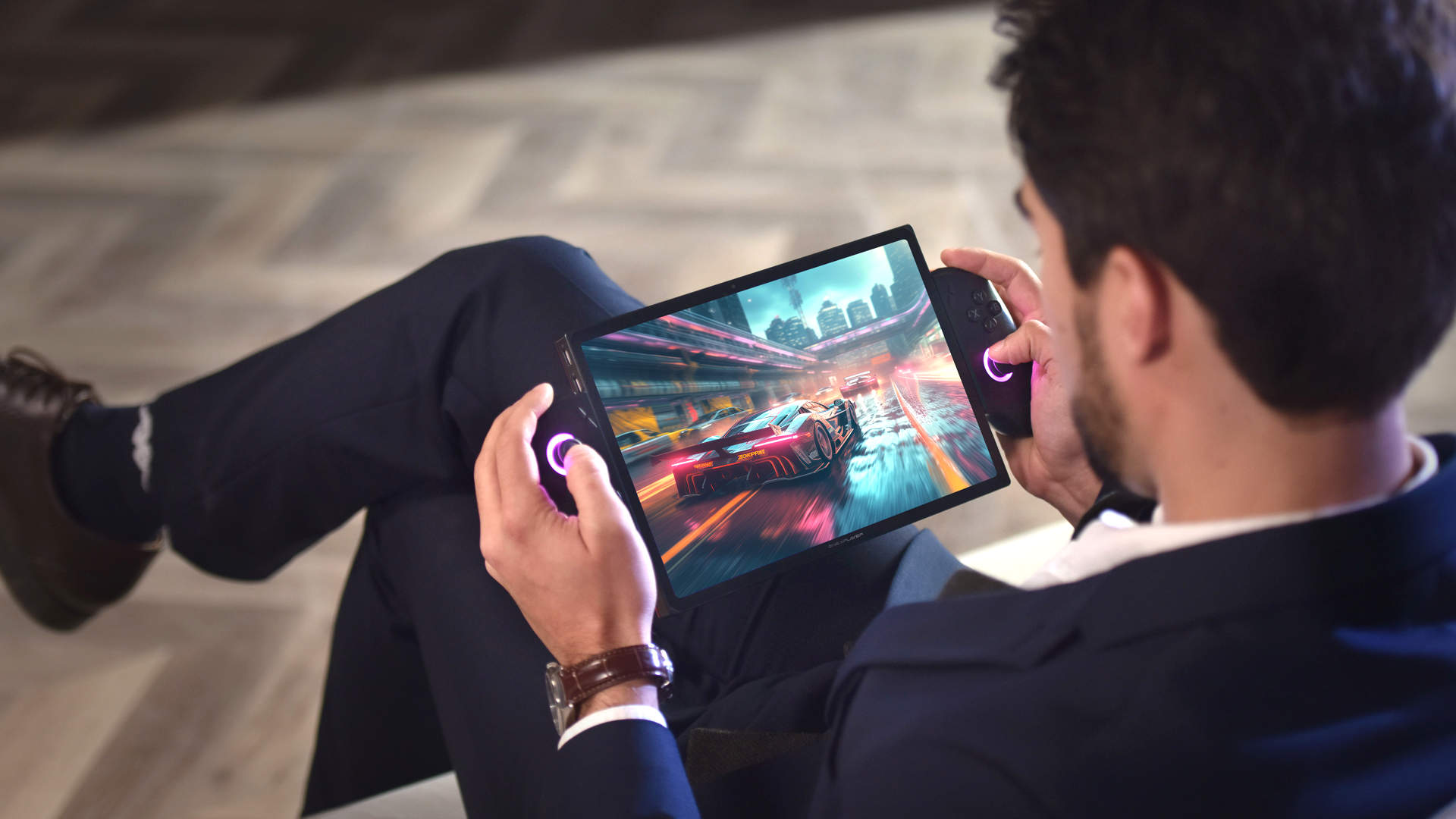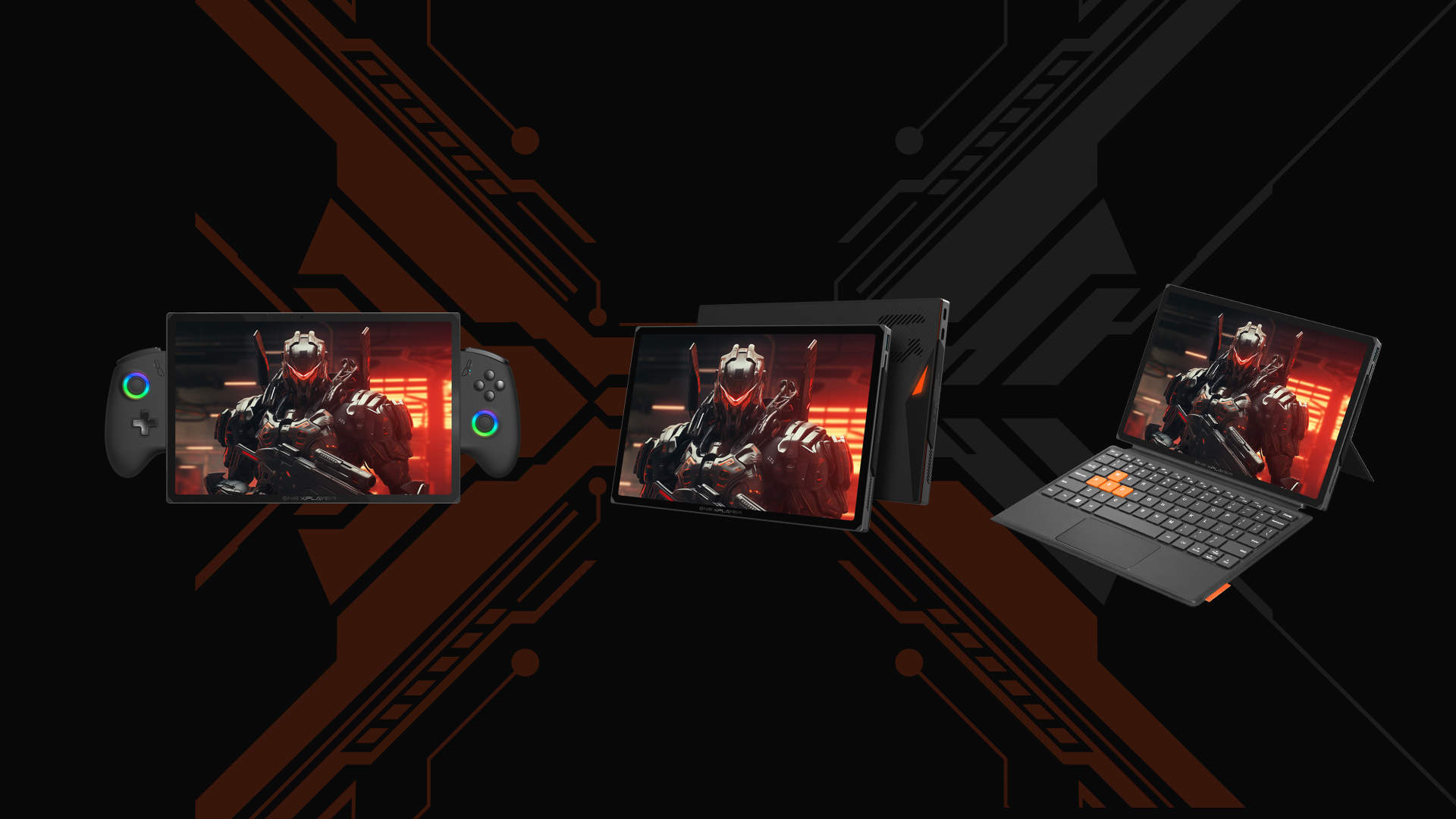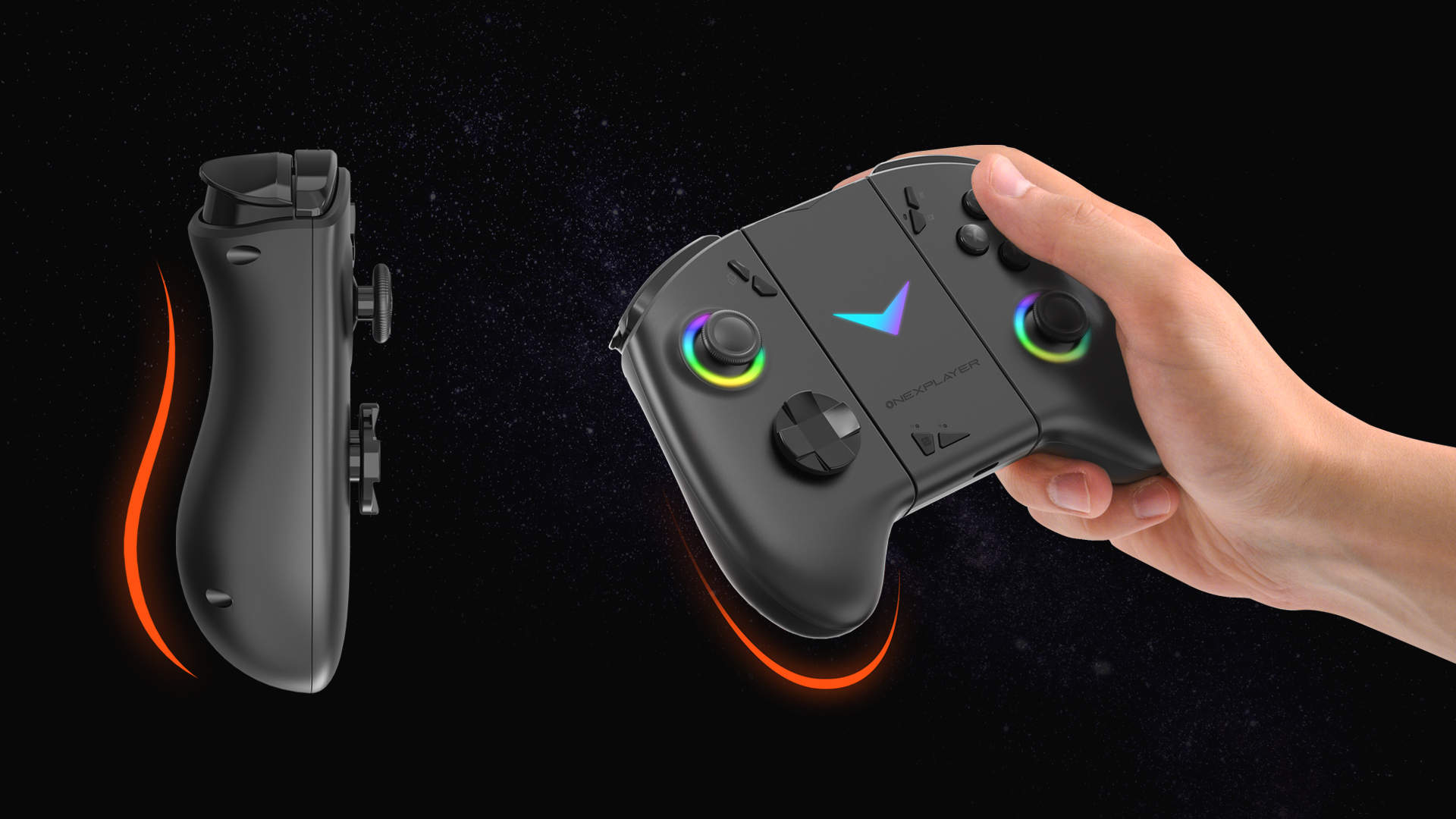Meteor Lake muscles into the portable gaming PC market with the new OneXPlayer three-in-one X1
Handheld meets tablet meets notebook. Hanblook, anyone? Maybe not.

OneXPlayer is hardly a novice when it comes to portable PCs, as it has been producing handheld devices and tablets for over six years, originally under the name of One-Notebook. Now it's bringing Intel's Meteor Lake CPUs to its portfolio with the X1, the latest range-topper for the OneXPlayer OneXPlorer Series of handheld PCs. It's not the smallest thing you'll ever see but the feature set might help it stand out from the very busy crowd of PC gaming-on-the-go machines.
OneXPlayer first dropped hints to the X1 project last December but the official crowdsourced funding campaign under way, I was hoping for more details. Well, colour me disappointed because the retail prices and full specifications are still shrouded in mystery.
But what we do know is that all of the processing duties will be handled by a Core Ultra 7 155H. This is one of Intel's first Meteor Lake-based chips and houses six P-cores, ten E-cores, and two low-power E-cores (which just handle background tasks) for 22 threads in total.
With a base power of 28W and maximum limit of 115W, the 155H can potentially reach 4.8GHz on the P-cores and 3.8GHz on the main E-cores, but that's assuming OneXPlayer isn't using a lower power limit on the X1.
The integrated GPU uses Intel's Alchemist architecture and has eight Xe cores (1,024 shaders) with a boost clock of 2.25GHz but again, the X1 might launch with lower clocks than that. The processor choice for most handheld PCs is AMD Ryzen 7 7840U and the GPU in that is the RDNA 3-based Radeon 780M. That has 768 shaders but a much higher boost clock of 2.7GHz.
When Jacob did some hands-on game testing with a Core Ultra 7 165H laptop last year, he found it to be perfectly acceptable for 1080p gaming, even more so in games that supported Intel's XeSS upscaling algorithm. The GPU in that processor is exactly the same as the one in the 155H, so the X1 should be just as good as, say, the Asus ROG Ally or Ayaneo Air 1S.
The display is an 11-inch 120Hz LTPS screen, with a 2560 x 1600 resolution (16:10 aspect ratio). With a claimed peak brightness of 540 nits and an sRGB gamut of 138%, it should be very nice to look at. However, that panel has almost double the number of pixels than a standard 16:9 1080p display, and the GPU may well struggle at the default resolution, even with upscaling.
Keep up to date with the most important stories and the best deals, as picked by the PC Gamer team.



RAM comes in the form of LPDDR5X-7467, which is nice and fast, offering lots of bandwidth. As to how much is inside, that's not been stated yet, but I should imagine the base model will come with 16GB, with 32GB possibly being an option.
The same is true for storage: we know it's PCIe 4.0 NVMe but the number of M.2 slots and capacities available to buy haven't been listed. That said, there's a funny typo in the press release when OneXPlayer says the X1 will have a maximum capacity of 64GB!
The battery capacity will be a reasonable 65Wh: Nothing special but I'm guessing that weight considerations were a factor, given the size of the screen. It will come with a 100W GaN charger, offering a 50% charge within 40 minutes.

Steam Deck OLED review: Our verdict on Valve's handheld.
Best Steam Deck accessories: Get decked out.
Steam Deck battery life: What's the real battery life?
Best handheld gaming PC: What's the best travel buddy?
As OneXPlayer's release states that the X1 will handle 3 hours of gaming on a single charge, you'll probably be testing the limits of what the charger can do quite frequently.
Where most handheld PCs are designed for just one role, the X1 is more of a general-purpose device. The side controllers are detachable and can be combined to form a handy gamepad, a la Nintendo Switch, and an optional keyboard will be available to turn the display into a little notebook.
Rounding the whole package off are RGB lights, Thunderbolt and USB4 ports, and an aluminium chassis for a total weight of just under 780g. The X1's biggest competitor is likely to be OneXPlayer's 2 Pro unit, which is Ryzen 7 7840U powered, with an 8.4-inch IPS screen, and has detachable controllers. With a retail price of $1,299 for the 32GB RAM/1TB SSD version, the X1 is going to be more expensive than that.
Exactly how much more will determine if OneXPlayer has another success on its hands or just another product that gets replaced in a year.

Nick, gaming, and computers all first met in 1981, with the love affair starting on a Sinclair ZX81 in kit form and a book on ZX Basic. He ended up becoming a physics and IT teacher, but by the late 1990s decided it was time to cut his teeth writing for a long defunct UK tech site. He went on to do the same at Madonion, helping to write the help files for 3DMark and PCMark. After a short stint working at Beyond3D.com, Nick joined Futuremark (MadOnion rebranded) full-time, as editor-in-chief for its gaming and hardware section, YouGamers. After the site shutdown, he became an engineering and computing lecturer for many years, but missed the writing bug. Cue four years at TechSpot.com and over 100 long articles on anything and everything. He freely admits to being far too obsessed with GPUs and open world grindy RPGs, but who isn't these days?

